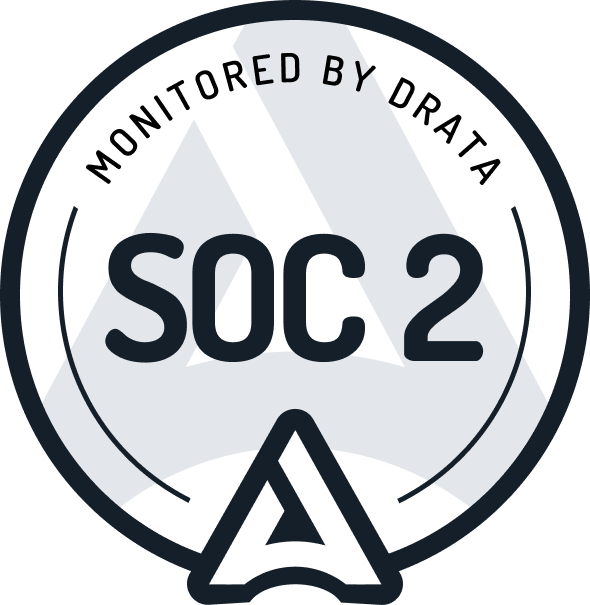Time to market
What is time to market?
Time to market refers to the period required to move from the initial concept of a feature to its availability to customers. This duration encompasses all stages involved in bringing a feature to life, including the initial planning, design, development, and finally the release. To calculate time to market, one would measure the interval starting from the date when the feature development begins (often marked by a formal decision or project kickoff) to the date when the feature is fully deployed and accessible to users. This metric helps organizations gauge the efficiency and agility of their product development processes.
Why is time to market important?
Competitive advantage. Fast time to market can provide a significant competitive edge in industries where being first can dictate market leader status. Companies that deliver new features or products swiftly often capture greater market share by appealing to customer needs and preferences ahead of their competitors.
Customer satisfaction. Shorter time to market directly impacts customer satisfaction and retention. Customers value rapid improvements and innovations that address their changing needs. When companies are able to quickly introduce these enhancements, it boosts customer loyalty and satisfaction.
Revenue growth. Accelerating time to market can lead to quicker revenue generation. New features or products start contributing to the financial bottom line as soon as they are released. Reducing the time to market can help organizations capitalize on new revenue opportunities faster, thus improving overall financial performance.
What are the limitations of time to market?
Quality risk. A focus on reducing time to market can sometimes lead to compromises in product quality. Rushing development processes might result in inadequate testing or overlooked defects, which can harm user experience and increase the costs of post-release fixes and support.
Resource strain. Pushing for shorter time to market can exert significant pressure on resources, including personnel and systems. This strain might lead to burnout or reduced morale among team members, and can also affect the sustainability of development processes in the long term.
Short-term focus. An excessive emphasis on minimizing time to market might encourage a short-term focus, potentially neglecting long-term strategic goals like scalability, maintainability, and technical debt management. This could lead to more significant issues down the line, which might require substantial resources and time to correct.
Metrics related to time to market
Lead time. Lead time is closely related to time to market as it measures the total time taken from the conception of a feature until its release. This includes all the processes that feed into time to market, making it a comprehensive indicator of the efficiency and effectiveness of the entire product development cycle.
Cycle time. Cycle time focuses on the period during which actual work is done on the feature, excluding the time spent waiting or in review. By analyzing cycle time, organizations can identify areas where the development process may be optimized to reduce the overall time to market.
Deployment frequency. Deployment frequency measures how often new features and updates are successfully released to the production environment. Higher deployment frequencies generally indicate a more efficient and agile development process, contributing to a shorter time to market. This metric helps organizations understand their deployment practices and how these influence the rapid delivery of value to customers.

